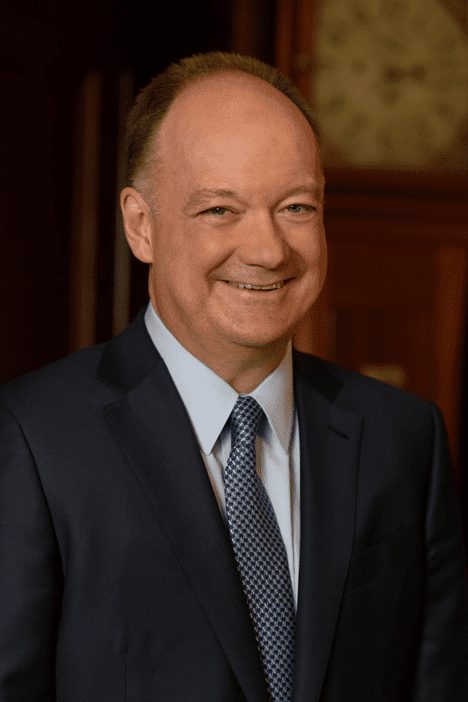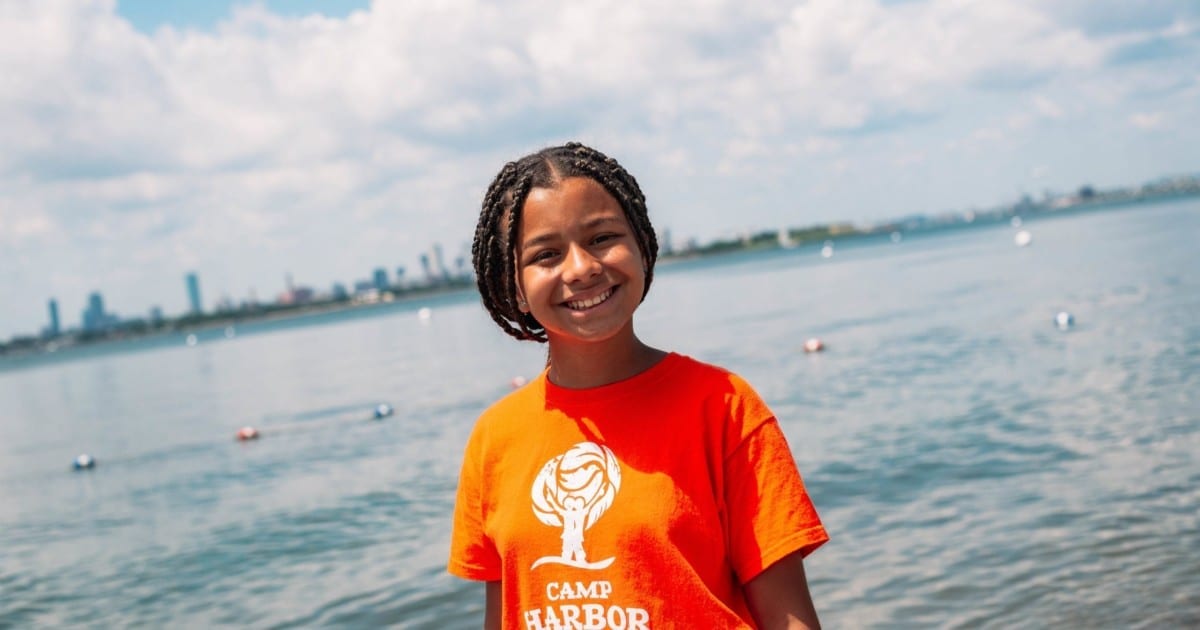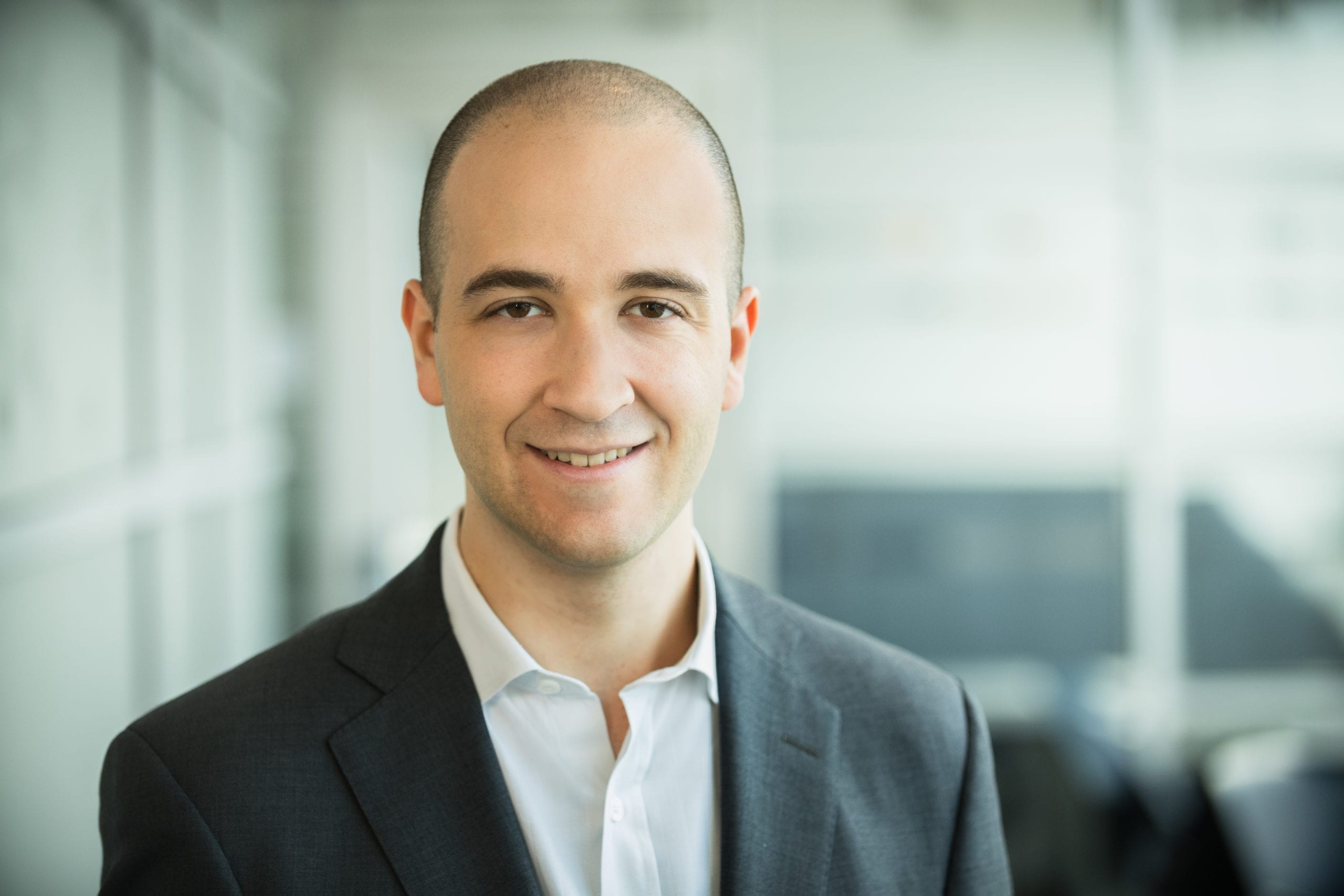In November, John J. DeGioia, PhD, President of Georgetown University and Shirley M. Collado, PhD, President of Ithaca College, were interviewed for a special series on the Mary Christie Quadcast. “Creating Environments for Flourishing,” a five-part series, was based on a report by the same name, which highlighted findings from a set of Higher Education Leadership Convenings, held at Georgetown University, in late 2019 and early 2020. The reports highlighted opportunities for flourishing and the important role of leadership in committing higher education to the flourishing of young adults. This transcript below is excerpted from that conversation, edited for length and clarity.

Zoe Ragouzeos: Jack, why is flourishing such an important goal for college students? And might I add, is this even more important now, given all that students are experiencing?
John DeGioia: We’re all so lucky to be alive when such important new work, over the course of the last quarter century, has been undertaken in positive psychology and understanding the conditions for flow, for happiness, for strengthening our resiliency and even our grasp of our own biology, specifically the insights that have emerged in neuroscience.
What unfolds during the college years on our campuses is the work of “formation.” And this is the process through which each of us seeks to establish the terms to be our most authentic selves. And when we can do this, this is flourishing. In universities, we build it around knowledge, but we also have unparalleled resources for enabling students to make meaning in their lives. I don’t think the idea has ever been more important than it is right now for us to celebrate flourishing of our young people.
ZR: Shirley, we know that inclusion and belonging are also so important to mental health and flourishing. How do you think that fits into an overall flourishing approach?
SC: When I think about the role of our institutions and this idea of flourishing, not just in concept, but in practice, I think it begs the question of whether we really want everyone to belong and to be seated at the table. Part of the accountability that we hold in allowing flourishing to truly take place for all, is our ability to look at conditions in the Academy. To look in the mirror and really think about, yes, the power in all that we’ve done historically in higher education, but also the truths in the people that we’ve historically left out.
Today demands of us a real sense of responsibility in how we need to shift and change to produce a real, authentic ability for our students to be who they really are, to be seen as assets coming to us to find their own ability to flourish. And also allowing our institutions to do the same in a relationship that I think is going to look very different than our past.
JD: This question about inclusion and belonging is so important to mental health and flourishing. I place this under the rubric of formation. And the work of formation is deeply personal and requires trust and intimacy. If we’re going to explore the deepest questions, the ones that will lead us to a deeper understanding of ourselves, of what will constitute authenticity in our lives – this work requires rich, intimate conversation. We need to be in places of trust. And a goal for each of our communities is to be able to pursue these deep, intimate interpersonal relationships across our differences, to work through the blocks to such intimacy. If we can help sustain a sense of belonging, this important work can take place.
ZR: In the Creating Environments for Flourishing report, we talk about what it takes to create environments for flourishing, including a commitment from leadership, the use of innovation, opening up communities of support, and assessment. Jack, what do you think are the most important of these and what do you think are the most challenging?
JD: This does require a whole university approach, a whole community approach. We will never be able to address some of the challenges that define this moment through our counseling centers alone, or even through some of our special initiatives that are designed to try to address the needs of our young people. We’ve seen all of this from this virtual learning environment that many of us have been in for the last several months. The role of our faculty has never been more important in the lives of our students, than it is right now. And I think we’re going to come out of this, having had a set of experiences that we can draw from, that will enrich the ways in which we approach this in a whole university, a whole community approach.
SC: We know that our communities are interdependent and interconnected with the society and the communities in which our institutions reside. I think many of us certainly are committed to the idea of no longer being ivory towers or colleges on the hill, but really understanding our role in the public good. And we’re facing one of the most historical elections in American history, along with the public health crisis, and the rise of so much hard work on race relations in America. So much of the challenge and the hope comes with us fully acknowledging that our students are right now navigating multiple realities. So much has been exposed during this time around issues of real equity. I think it’s challenging to meet a very diverse student body with a variety of needs and realities. And now literally, they’re all over the country and world while we’re trying to feel connected.
Like Jack said, our staff and our faculty have risen in ways that we never imagined possible. And students are doing the same. The grit, the resiliency, a lot of the assets that we talk about, that we know are alive and well in so many students, are being tested in new ways right now.
JD: If you think about the challenges of anxiety and depression, these are among the most common presenting concerns with clear growth trends over the past four or five years. One in five of adolescents will have a mental illness that will persist into adulthood. We know that the onset of most mental health disorders occurs between the ages of 14 and 26. We can provide good first experiences for young people in engaging with mental health challenges. It can help put them on a pathway where they’ll be able to manage and cope with these challenges throughout their lives. One of the challenges that I think we would just need to acknowledge, and this is pre-COVID and now only exacerbated by the pandemic, is just a significant level of anxiety and depression in young people that we’ve all been experiencing on our campuses.
ZR: There is a question about whether flourishing can be taught. We’ve seen some interesting initiatives being tried in this area in many colleges and universities. The Wellness Environment at the University of Vermont is a good example. Shirley, what do you think?
SC: I think absolutely it can be reflected back to students in a way that can be very promising. My personal take on this is that we should normalize what is true and important for many college students and use a strength-based approach. Whether we’re talking about a center focused on first-generation college students or how we think about orientation programs, or how we develop living and learning communities. These are all initiatives that happen inside and outside the classroom.
When we integrate this real practice and affirmation of flourishing and full participation, when it is embedded in all that we do in word and practice, students can see this and see an affirmation of their greatest abilities. Rather than what we’ve done more historically, which is anti-flourishing, when we place pathology and deficit on the things that often should actually be seen as major assets. When all of our students feel like they have a stake in a community, they have a stake in the conversation, and it’s not about the majority and the other, or the traditional versus the non-traditional, that will get us to a real healthy outlook on what it means to be a human being, especially in an academic community, regardless the pathway that got us there.
JD: There are habits, skills practices, there are healthier ways of approaching each day, including getting more sleep and exercise and self-care, recognizing the importance of being in interpersonal relationships and social groups, mindfulness, if appropriate, a therapeutic relationship with a counselor in a counseling center. There are things we learned that we can share with our young people. We can introduce them to certain kinds of practices and skills and habits that just might enable them to work their way through some difficult patches along the way.
ZR: You both mentioned the extreme challenges we’re facing with COVID-19 on our campuses. I wonder if you think that there might be some silver linings in terms of our ability to create environments for flourishing, or do you think that COVID-19 will significantly prohibit our ability to create those environments?
SC: I think that there are absolutely some things that can stick. The way that we’ve created a community in the middle of all of this, especially in the classroom, but also around a lot of student engagement and wellness programs outside the classroom, has educated so many of us, especially schools that had not been doing a lot of virtual or online education. Even though we have students who’ve negotiated some really hard circumstances, this time has affirmed that students are so eager, as our faculty and staff, to see the added value of being in-person and being connected, of being on a college campus. Faced with this kind of pressure, the magnitude of what’s been before us for the last several months, people rise up to the challenge and can create learning communities.
And the way that we provided wellness programs and mental health resources, has also proven how nimble and resilient students in academic environments can be.
I do think is important to add the importance of using a strengths-based approach. The students that we have sometimes deemed to be at greatest risk – let’s say a first-generation college student, a student coming from low-income or low resources – have modeled for other students how to negotiate very difficult circumstances during a time that’s really hard. And that’s important for all of us to see. And to push the boundaries of what happens in the classroom, when you don’t have students who have access to technology, or the privacy of their own room, where they can do work in a comfortable house, students negotiating work schedules with synchronous and asynchronous classes online. These things are real. All of that to me, has proven how we can always learn so much more from each other. The community can look very differently and strengths can look very differently when circumstances shift, and I hope that we will remember that when we are able to be together in-person in community again.
JD: I would just pick up on those comments and say, we will never take anything for granted again. I think we always had a sense that it was very special being able to spend our lives together here in a residential university community. I think we always understood how important that was, but it’s never been more apparent to us just how important this opportunity is and how valuable it is.
I also would just reiterate how much our faculty mean to our students in this virtual learning environment. It sometimes can get lost in the context of all of the busy-ness and extracurricular life and social life. Right now, it’s a very focused experience online and the role that our faculty play in the lives of our students could not be more important, could not be more meaningful.
From a practical perspective, we’re learning, we’re expanding the range of how we might think about providing support services. We’ve had to create a network of outside clinicians to augment services that we would offer here, in part because of limitations on licensing for our own staff in our counseling center. So we’ve been able to create a little bit more capacity out of necessity, which we might be able to then draw upon in the future. Telehealth, doesn’t take the place of in-person, but I think will have a role for us as part of our framework as we go forward.
ZR: Yes. And I definitely agree with that as well. Any final thoughts on the subject of flourishing, any final comments from either one?
SC: Something that we haven’t mentioned is how important it is for us in leadership roles to commit to helping students see more of themselves. And by that I mean, when we think about our amazing health and wellness staff, clinicians, faculty members, the senior leadership teams, the administrators of a college or university, that students see themselves in us — real reflections of their lived experiences around race, LGBTQ issues, gender and sexuality, first-generation college graduates. To be able to see the kind of vulnerability and humanity we have described today in the people who support them, who educate them, who are with them. That’s a part of our commitment to flourishing as well. And it’s not just students of color, it’s not just students who’ve been underrepresented. All students want to see a much more diverse reflection of the world in their classrooms and in their day-to-day experiences. And that has to be a commitment on our part too.
JD: That’s a great point, Shirley. The one thing I’d say, we’re all still immersed in responding to being in the midst of a pandemic. I do think we should also give some attention to anticipating what the needs are going to be in our communities when we are all back. Because another area where there are new resources available to us is the deeper understanding we have about trauma. How do we meet the needs of young people who may have been subject to trauma?
The impact of this pandemic on each of us is uncertain right now. I think we’ve got to anticipate, recognizing we are still immersed in this pandemic, the needs at that intersection of flourishing and being able to respond in new ways to the kinds of challenges our young people have confronted. I think this is a moment that’s going to require our very best work.
SC: I could not agree more. We have all been working through something of enormous magnitude that I hope our students don’t have to ever experience again in their lifetime. And we need to be very proactive and ready for what our students will need and what they will want us to do and respond to as we all reconnect and come together. Sustaining all of these important points on the other side of this is really important, really essential.




